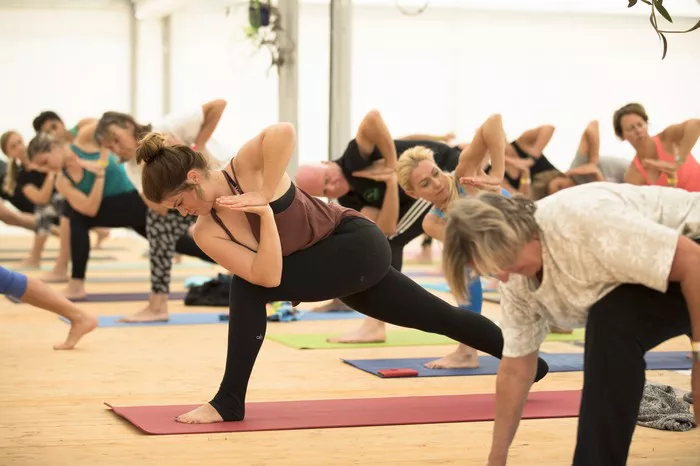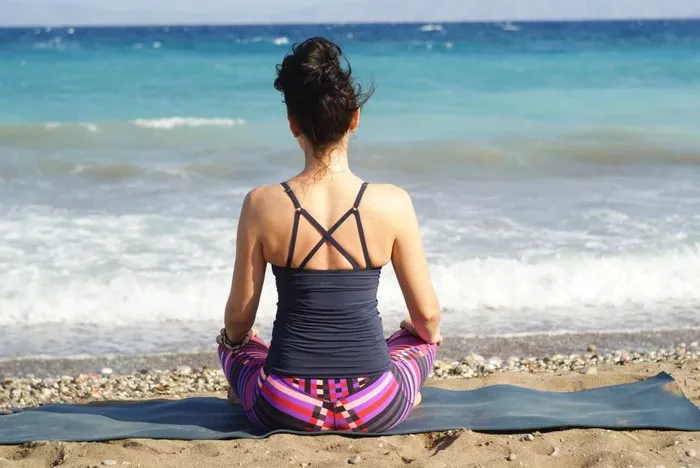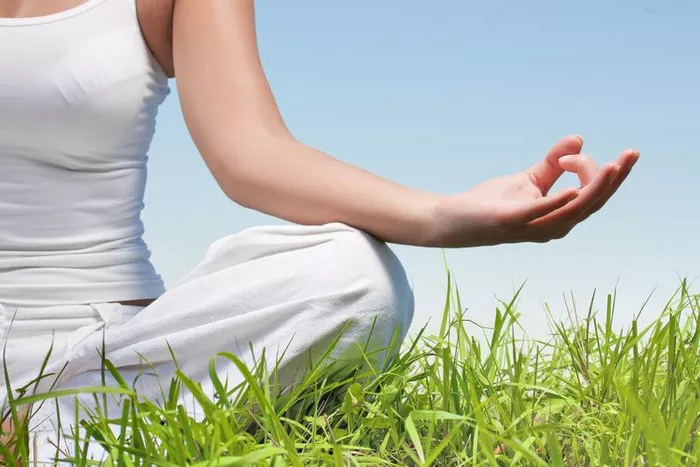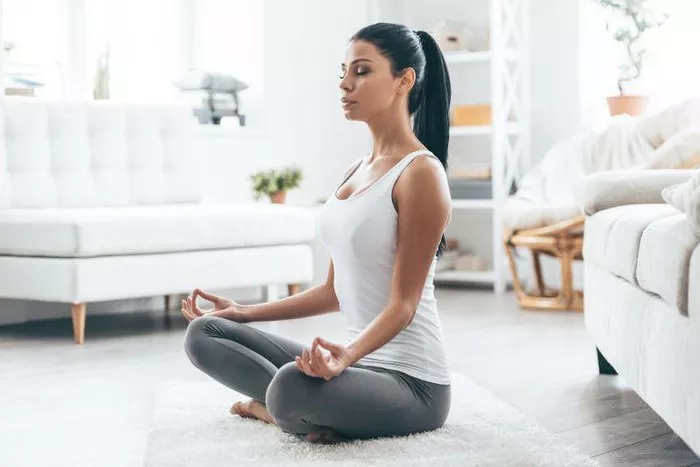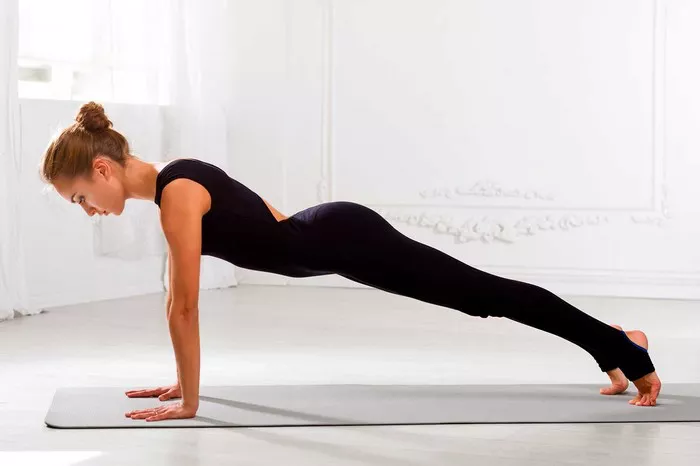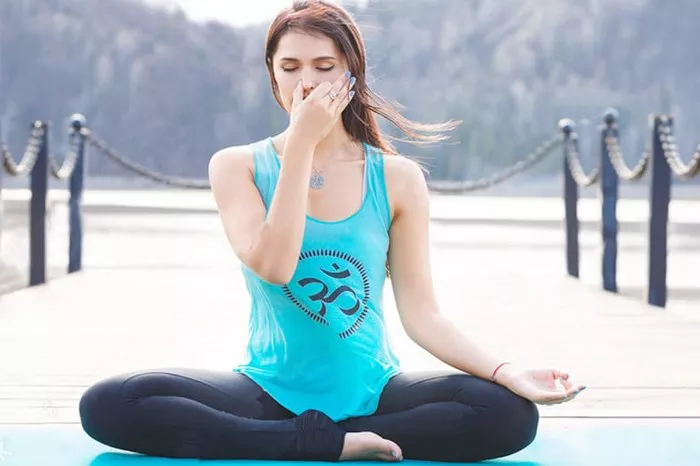Yoga is a centuries-old practice that integrates physical postures, breath control, and meditation to promote overall well-being. With various styles available, beginners and seasoned practitioners often wonder which approach best suits their needs. Two popular and widely practiced styles are Hatha Yoga and Iyengar Yoga.
Though both styles share fundamental principles, they differ in structure, focus, and execution. In this article, we will explore the differences between Hatha Yoga and Iyengar Yoga, helping you decide which practice aligns with your personal goals.
What is Hatha Yoga?
Hatha Yoga is often considered the foundation of modern yoga practice. The term “Hatha” is derived from the Sanskrit words “Ha” (sun) and “Tha” (moon), symbolizing balance between opposing energies in the body. It encompasses various physical postures (asanas), breathing techniques (pranayama), and meditation practices aimed at preparing the body and mind for deeper spiritual exploration.
Characteristics of Hatha Yoga
Gentle and Slow-paced:
Hatha Yoga classes generally focus on holding postures for a moderate duration, allowing practitioners to develop strength, flexibility, and awareness.
Emphasis on Breathwork:
Breath control plays a crucial role in Hatha Yoga. Techniques such as Ujjayi (ocean breath) and Nadi Shodhana (alternate nostril breathing) are commonly used to enhance relaxation and focus.
Great for Beginners:
Since Hatha Yoga follows a slower pace with simpler postures, it is ideal for beginners or those recovering from injuries.
Holistic Approach:
This practice does not solely focus on physical exercise; it integrates elements of meditation and mindfulness, fostering a deep mind-body connection.
Flexibility in Practice:
Hatha Yoga serves as an umbrella term, encompassing many styles such as Vinyasa, Ashtanga, and even Iyengar Yoga.
Benefits of Hatha Yoga
- Improves flexibility and strength
- Reduces stress and anxiety
- Enhances posture and alignment
- Supports mental clarity and focus
- Promotes overall well-being
What is Iyengar Yoga?
Iyengar Yoga is a refined and highly precise form of Hatha Yoga, developed by B.K.S. Iyengar in the 20th century. It is known for its strict focus on alignment and use of props to help students perform postures correctly and safely.
Characteristics of Iyengar Yoga
Precision and Alignment:
Iyengar Yoga is meticulously structured, ensuring that every posture is performed with correct alignment. Teachers provide detailed verbal instructions to help students refine their poses.
Use of Props:
A distinctive feature of Iyengar Yoga is its use of props such as blocks, straps, bolsters, blankets, and chairs. These tools support practitioners in achieving proper alignment, reducing strain, and making poses accessible for all body types.
Longer Holds in Poses:
Instead of flowing quickly from one pose to another, students hold postures for an extended period. This approach builds endurance and enhances body awareness.
Therapeutic Applications:
Due to its emphasis on precise movements and modifications, Iyengar Yoga is often recommended for individuals with injuries, chronic pain, or medical conditions.
Structured Teaching Methodology:
Iyengar teachers undergo rigorous training and certification, ensuring they provide well-guided instructions with a strong emphasis on safety.
Benefits of Iyengar Yoga
- Improves posture and spinal alignment
- Enhances strength, flexibility, and balance
- Helps with injury rehabilitation
- Develops patience and concentration
- Reduces the risk of yoga-related injuries
Which Yoga Style is Right for You?
Choosing between Hatha Yoga and Iyengar Yoga depends on your personal preferences, goals, and physical condition.
Choose Hatha Yoga if:
- You are a beginner looking for a gentle introduction to yoga.
- You want a balanced practice that includes breathwork, movement, and meditation.
- You prefer a relaxed and flexible approach without strict alignment rules.
- You are seeking stress relief and overall well-being.
Choose Iyengar Yoga if:
- You are detail-oriented and enjoy focusing on precise alignment.
- You need support due to injuries, chronic pain, or medical conditions.
- You appreciate structured guidance and the use of props to improve your practice.
- You want to develop strength, endurance, and deep body awareness.
Can You Combine Both Practices?
Yes! Many practitioners blend elements of Hatha and Iyengar Yoga to create a well-rounded practice. You can attend Hatha Yoga sessions for relaxation and Iyengar classes for postural correction and deep refinement.
Conclusion
Both Hatha Yoga and Iyengar Yoga offer incredible benefits, but they cater to different needs. Hatha Yoga is a holistic and accessible approach, while Iyengar Yoga provides a technical and therapeutic focus on alignment.
No matter which style you choose, consistency and mindfulness will help you experience the transformative power of yoga. If possible, try both styles and see which one resonates with you the most!
Would you like recommendations on specific poses or sequences for your practice? Let me know, and I’d be happy to help!
Related Topics:

